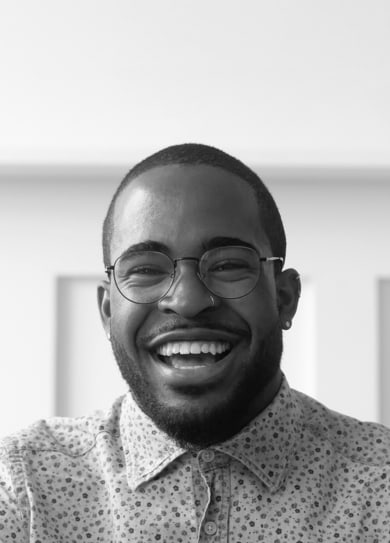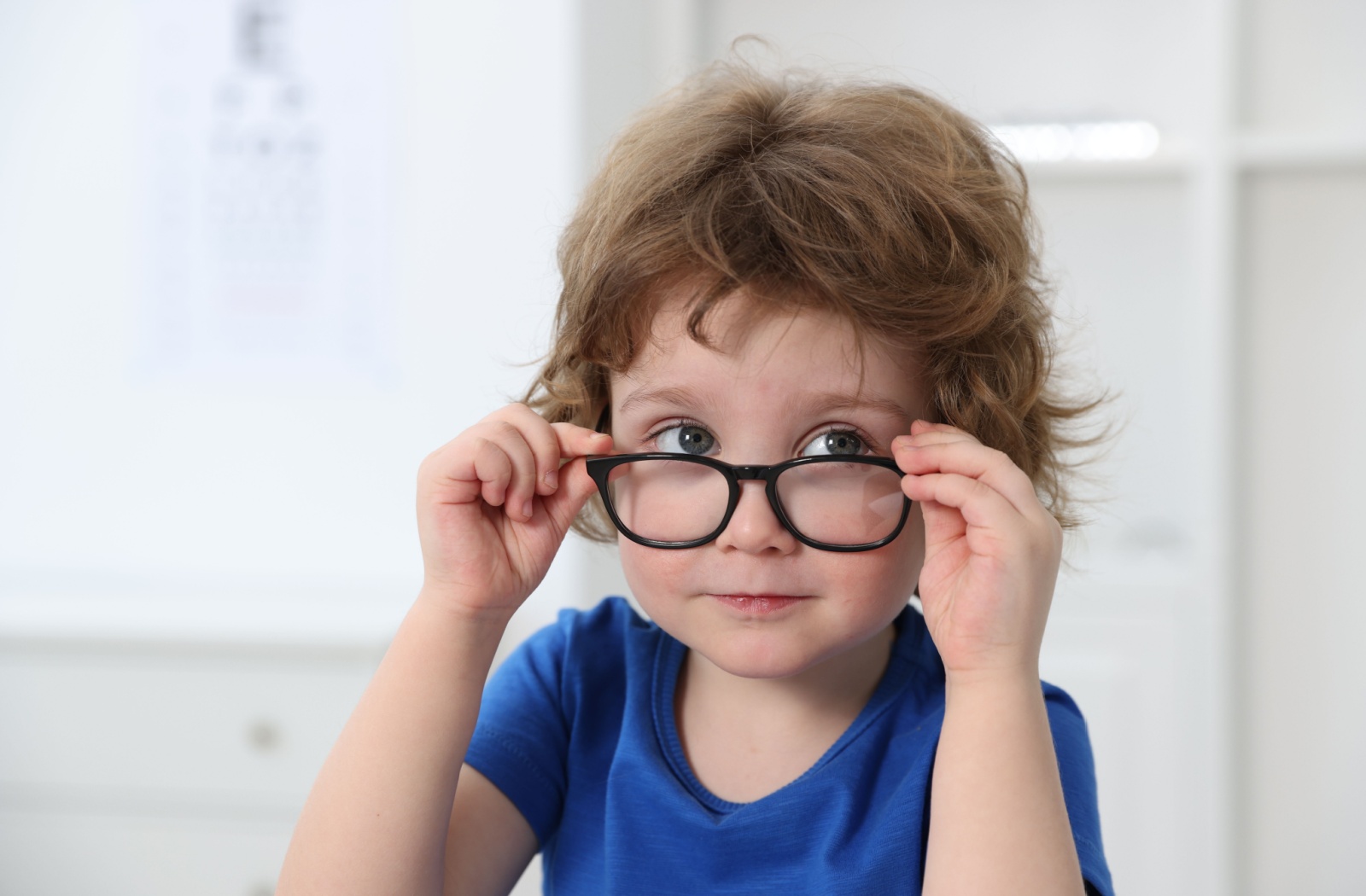Eye styes can seem to appear out of nowhere, leading to frustration and even discomfort. These small bumps can disrupt your day and make simple tasks more challenging.
Whether you’re a busy parent managing a hectic household, a student juggling deadlines, or simply concerned about your eye health, understanding the causes behind styes is a helpful step to preventing them.
Stress is a common contributor to the development of eye styes, as it can weaken your immune system and make you more susceptible to infections. By recognizing these triggers and taking proactive steps such as managing stress and maintaining good hygiene, you can help reduce the risk and protect your eye health.
What Exactly Is a Stye?
An eye stye, medically known as a hordeolum, is a red, swollen bump that typically forms along the edge of your eyelid. It can resemble a pimple and is usually the result of blocked oil glands that have become infected or inflamed. In most cases, eye styes are harmless and resolve themselves within a week or so with proper care.
Symptoms of an eye stye can include:
- Swelling
- Redness
- Tenderness
- Itching or a sensation that something is in your eye
Can Stress Lead to Eye Styes?
The connection between stress and eye styes lies primarily in how stress affects your immune system and personal habits. Here are some of the ways that stress can contribute:
Lower Immune Response
When you’re stressed, your body produces higher levels of the stress hormone cortisol. While cortisol is important for managing acute stress, consistently high levels can suppress your immune system. A weakened immune system has a harder time fighting off bacteria that cause infections, making a stye a more likely outcome.
Poor Habits During Stress
Stress can have an impact on your overall health, from reduced sleep to skipping self-care. When hygiene takes a backseat, habits like rubbing your eyes with unwashed hands or failing to remove makeup before bed can lead to clogged oil glands.
Stress-Induced Habits
Some people rub or touch their eyes when they’re feeling anxious or stressed. Frequent eye-touching introduces bacteria to sensitive areas around the eyelids, which can lead to an infection.
Other Common Causes of Eye Styes
While stress is a contributing factor, it’s not the only one to exist. Here are some other potential causes of eye styes:
Blocked Oil Glands
Natural oils produced by glands in your eyelid help lubricate your eyes. When these glands are blocked, they can lead to bacterial growth and eventually a stye.
Poor Eye Hygiene
Failing to clean your face, particularly around your eyes, can lead to excess dirt and oil building up. Another common culprit is leaving makeup on overnight, which could result in a stye.
Chronic Health Conditions
Certain chronic conditions like blepharitis (inflammations of the eyelids) or rosacea can lead to the development of eye styes.
Sharing Personal Items
Using someone else’s makeup, towels, or pillowcases can increase your exposure to bacteria, heightening your risk for eye infections like styes.

Treating an Eye Stye at Home
Styes are usually minor, but treatments can help alleviate discomfort and help the healing process. Here are some at-home remedies:
Warm Compress
Applying a warm, damp cloth to the affected eye for 5–10 minutes, 3–6 times a day, can help reduce swelling and encourage drainage.
Avoid Squeezing
It may be tempting, but it is important to try and avoid popping or squeezing a stye, as this can progress the infection and spread bacteria.
Maintain Hygiene
Keep your eyelids clean by gently washing the area with mild soap or baby shampoo diluted with water. It may also be helpful to avoid wearing makeup until the stye has healed.
Over-the-Counter Medication
If you are experiencing discomfort, you could opt to use over-the-counter pain relievers such as ibuprofen or acetaminophen to help reduce symptoms.
If your stye doesn’t improve within a week, causes discomfort, or affects your vision, please consider booking an appointment with your optometrist.
How to Prevent an Eye Stye
Preventing styes often starts by maintaining good hygiene and implementing stress management practices. Here are some tips to help reduce the risk of a stye:
- Practice good eye hygiene: Wash your hands regularly, gently clean your eyelids with a mild cleanser, and remove any eye makeup before bed.
- Replace old makeup: Bacteria can accumulate in makeup products, so try and replace them regularly.
- Manage stress effectively: Adopt stress-relieving practices like yoga, meditation, or journaling to help keep your immune system strong.
- Protect your eyes: If you wear contact lenses, follow your eye doctor’s recommendations for proper lens care.
Book an Appointment Today
Eye styes can be uncomfortable and frustrating, but understanding their causes can help prevent them. Prioritize good hygiene, manage stress effectively, and seek professional advice when necessary. Contact Rutland Optometry today to schedule an appointment and take the next step toward maintaining your eye health.
















